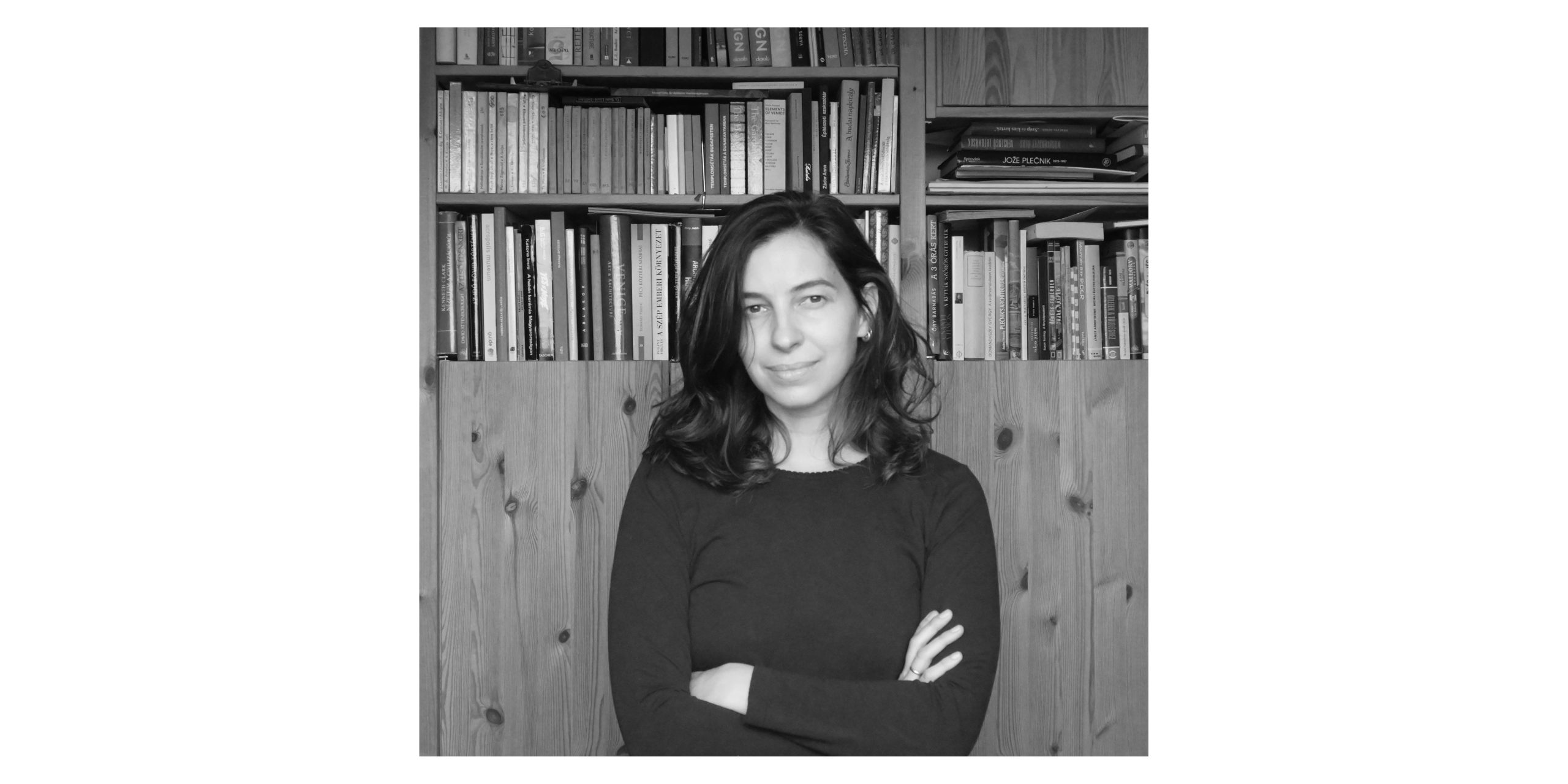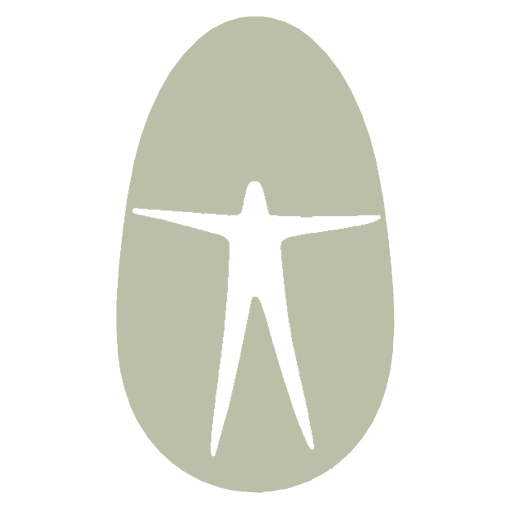
Kas Műhely
Inspirációmat a természetből, a népművészetből és az örök értékeket hordozó műalkotásokból merítem. A mai korban, mikor a szemünk hozzászokott a high-techhez és a sorozatgyártás tökéletes formáihoz, jól esik olyan tárgyat kézbe venni, amely csak majdnem tökéletes.
A természetben is hasonló formákkal találkozunk: a forráskód egy képlet, egy ideális forma, a megvalósulás a fizikai valóságban már tartalmaz hibákat, apró tökéletlenségeket. Ez a megszokott és megnyugtató esztétikai környezet sokkal közelebb áll az alaptermészetünkhöz. De nem csak a természetre gondolhatunk, hanem egy vályogfalra, vagy egy kézimunkával készített népművészeti tárgyra. A népművészetnél a szakralitás, a mélyebb tartalmak kódolása is megfogott: hogy egy virágba belefér az egész világ.
A munkám intuitíven kezdődik, szeretek formákkal és színekkel kísérletezni. Majd az eredményt szeretem tudatosan elemezni, megfigyelni, hogy a különböző formációk milyen tartalmakat hordoznak.
A Kas az otthont, a minket körülvevő teret, azt a tárgyi környezetet jelenti, ami feltölt, harmonizál bennünket. Amit a lakásunkba teszünk, az ránk is hatással van. Célom az alkotás örömén kívül, hogy a kerámiáim megemeljék azt a környezetet, ahová kerülnek.
Bartis Katalin Dóra, a Kas műhely alkotója

Atelier Kas
Atelier Kas is made by Bartis Katalin Dóra. The idea of Kas is to get back to primal forms and create meaningful handcrafted objects for modern homes. The name Kas (meaning skep/man made beehive) is in connection of the space of home, craftsmanship and basic forms.
The objects of Kas Ceramics are slow design pieces: made with careful attitude for mindful homes.
In more detail about my work and philosophy from an interview by Anna Carnick from PAMONO:
“My aim is to bring back more personal design for home articles, as it was in earlier times in the villages of Hungary. You knew who made each piece and the meaning behind every decorative symbol. I don’t use actual figurative symbols in my work, but the leading ideas and the abstract forms have a lot to say.”
“Both baskets made by man and beehives made by bees are created in a particular order thanks to careful, tedious work, and the results are absolutely ideal for their purposes. I am so amazed by the creatures of nature: they are perfect. And I really enjoy it when people try to do something similar with very simple, clever, and useful objects. That inspires me.”
“It all goes back to nature. Because ancient art and folk art are very connected to it; just as people in earlier times were much closer to nature. What I really like are the elemental shapes, the geometric patterns. Because if you think about it, the forms of nature are full of geometry: leaves, branches, flowers, snowflakes, and on and on.”
The spirit behind her debut series is so integral to Bartis’s design philosophy, in fact, that she even named her studio for them: kas is the Hungarian word for skep. Beyond the more obvious notion of “home”—a skep being a home for bees, her pieces being created for use in homes—and the importance of connectivity and nature, she cites an additional layer of meaning. “Bees were the symbols of fertility in ancient times. This is important for me as both a creative and a woman: how to be feminine and ambitious at the same time today. It’s a challenge, I think.”
Press
C V
Graduating from Budapest University of Technology and Economics in 2013 as an architect
Founding KAS in 2016
Group exhibition in Kredenc Műterem with Besnyöi Rita and Schöff Gergely in 2016
Finalist at Art Hungry Design Prize in 2016
Kerekded Solo exhibition in Arcus Gallery in 2016
Give birth to Váncza Róza in 2017
Műtárgyak Éjszakaja exhibitor in Fabrika Shop in 2021
Group exhibition at Várkert Bazaar with Artisticon in 2021
Group exhibition at Milan Design Week with 1000Vases in 2022
Group exhibition at Milan Design Week Alcova with HFDA in 2023
